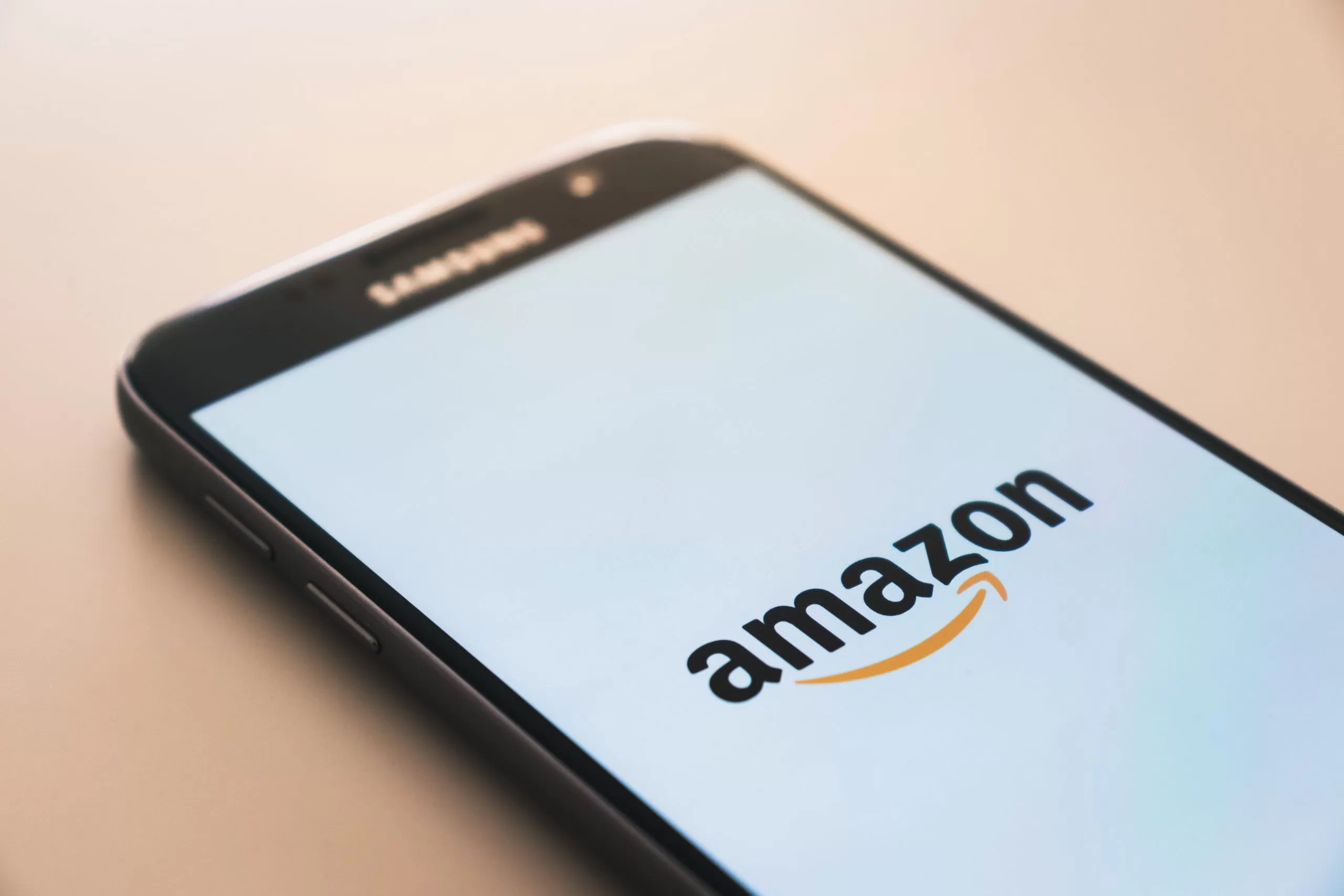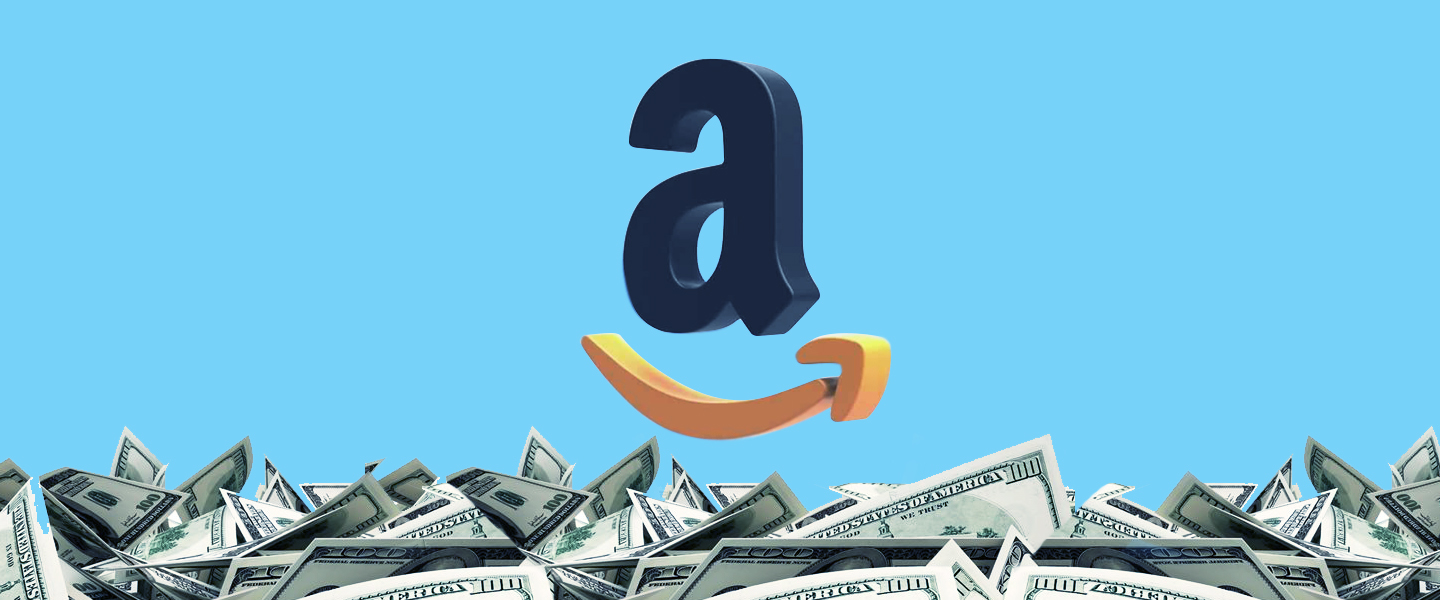The traditional way to start an Amazon FBA business goes something like this:
- Identify a market gap
- Source or create the product
- Build a brand
- List the product
- Promote the product
Those same steps were followed by a slew of small to medium sized businesses that rake in millions every year. In rare cases like Anker, a business that was essentially started on Amazon can even bring in billions. But the competition has become greater in pure numbers and increasingly more sophisticated over the past decade.
Every year, more than one million new sellers join Amazon’s Marketplace that’s already 9 million sellers strong. Even successful sellers hit a plateau and have a hard time scaling their operations to turn a profit. Bootstrapped startups who’ve hit a ceiling have the option to raise funding from VCs or cash out to a big corporation, but small eCommerce shops never had the same wealth of options. Until now that is.
The increasing popularity of the Amazon FBA business model has given rise to a new kind of player. One who, despite being well-funded, doesn’t start Amazon businesses from scratch. Instead, it buys up established Amazon FBA businesses — taking advantage of existing supply chains, branding and market validation — and cranks them up to 100.
In this article we’ll explore why and how these companies are scooping up Amazon sellers left and right, what kind of brands they’re looking to acquire, and how they further develop these Amazon businesses after-purchase.
Why Is Amazon FBA Attracting Investors?
The recent boom in Amazon seller buyouts is all due to a combination of four factors:
- Amazon is the third most valuable company in the world ($1.69 trillion) and accounts for nearly half of all eCommerce sales. The pandemic is only increasing this market share.
- Anker, arguably the most successful Amazon business, has gone public. It currently has a $54 billion market cap.
- Third-party sellers might lose interest or find it extremely difficult to stay profitable while competing with newcomers and Amazon private label brands
- So-called aggregator companies are raising billions of dollars, which they then use to acquire proven Amazon sellers and brands.
Traditional companies like Procter & Gamble and Colgate-Palmolive spend billions of dollars on shelf space and TV ad space to ensure that they’re the customer’s first choice. And that has worked well in the past, but the rules aren’t the same online.
When someone wants to find information online, their first stop is Google. But when someone wants to buy something online, the first place they go to is Amazon. Shelf space was replaced by the front-page listings and search engine results. In this world, reviews & rankings may be more important than brand names.
Anyone who wants to develop a physical product is faced with four huge barriers:
- Developing the product itself.
- Driving traffic toward the online store.
- Storing the product in a warehouse.
- Fulfilling customer orders.
Amazon FBA (Fulfilled by Amazon) takes the bottom three worries off your hands. Those cost savings on marketing, rent and staff mean that you can start your business faster and cheaper than ever before. Instead of duplicating this system, Amazon aggregators are looking to leverage it to scale faster and increase margins more than they typically could – and what safer way to leverage this existing infrastructure than to buy businesses that have already dominated a niche in Amazon’s marketplace?
As of 2020, third-party sellers account for more than half of all Amazon product sales. And that number is only increasing. According to a Jungle Scout report, 44% of Amazon Sellers said that their businesses have performed better because of the COVID-19 pandemic.
But if business is so good, why would third-party sellers want to exit? Here are some reasons why:
- What started out as a side hustle became a full-time job.
- Thin profit margins are preventing them from scaling up.
- They can’t keep up with Amazon’s policies.
- Amazon algorithm updates decreased their rankings.
- Wanting to pursue other interests.
How Amazon Seller Acquisition Companies Work
The main motivation behind buying an Amazon third-party seller is investing in a low-risk high-reward asset given the proliferation of eCommerce. But even though the business is proven, putting all your eggs in to that one basket can still be risky. Thus, Amazon aggregators diversify their risk by investing in tens or hundreds of small brands across different product categories and even geographic regions.
Despite being well capitalized, one of the greatest concerns with the traditional aggregator model is that they are staffed mainly with investment professionals, not eCommerce specialists or business operators. The issue with this organizational structure is that if these seller businesses cannot solely increase their valuation by streamlining SG&A and/or the businesses cannot be sold within the investment horizon, they will need to be operated and grown by eCommerce experts.
This will require the aggregators to hire agencies or in-house teams to operate the different channels of distribution/marketing for their portfolio companies but few investment professionals will know how to hire the right experts within all eCommerce fields (i.e., DTC, social, marketplace, etc.).
Before the aggregator model existed, successful Amazon FBA businesses either had to be sold directly to high net worth individuals or listed on website brokers like Empire Flippers, etc. Each has its disadvantages: individuals often need to enter a payment plan or take out a loan, and brokers take a big fat commission off every sale.
The Companies Buying Up Amazon Sellers
There are 25 companies that have raised at least $100mm to buy up the most successful and promising Amazon third-party sellers. A year ago, there was just one. Here is how much funding some of the biggest players in this space have raised to date:
- Thrasio: $1.7bn
- Perch: $908.8mm
- Berlin Brands Group: $540mm
- Razor: $447mm
- Unybrands: $325mm
- Elevate Brands: $317.5mm
- SellerX: $267mm
- Heroes: $265mm
- Heyday: $245mm
- factory14: $200m
- Growve: $175mm
The 100-pound gorilla in the room, Thrasio, is valued at between $3-4 billion and has done over $500 million in sales last year from more than 50 different Amazon businesses.
Thrasio’s strategy is to buy these businesses for over $1 million a pop and use its in-house eCommerce and retail skills to triple or quadruple revenue. Thrasio focuses on everyday products in the home & kitchen, pet supplies, sports & outdoors, health, beauty categories and more.

The only product categories they don’t want to touch are fashion, food or anything that’s a fad.
What Kind of Amazon Brands Are Being Acquired
An Amazon Seller can employ several types of business models:
- Dropshipping: Where the Seller doesn’t actually keep the product in stock, but only orders it from a third party when a customer buys it from their Amazon page.
- Retail arbitrage: This involves buying products for a lower price on one retail or eCommerce store and selling it for a higher price on Amazon.
- Private label: The Amazon Seller creates his own product and brand
Amazon aggregators are only interested in private label businesses because their IP offers a competitive edge right off the bat. There are two ways they can go about identifying these businesses: top-down and bottom-up.
Top-down:
Amazon aggregators identify third-party sellers they want to acquire according to a list of criteria. For example, they could be looking for products and businesses that:
- There’s a steady demand for
- Generate high search volume
- Rank high in the search engine results
- Have real, mostly positive reviews
- Have a high seller rating
- Have healthy net margins
- Has seen consistent sales growth over the past year.
- An interesting origin story.
After they generate a list of options, they rank them and pursue each opportunity in that order.
Bottom-up:
In this approach, Amazon aggregators simply notice a seller that they want to acquire and reach out to them with an offer or vice versa.
How Much Are Amazon Brands Being Sold For?
It’s difficult to put an exact number on this since each sales price varies according to the top-down criteria mentioned above, plus the business and market size, IP and growth potential, but the industry average multiple appears to be anywhere from 2-4x the total profit generated over the last 12 months.
Here’s how a deal usually goes down:
- The Amazon aggregator identifies a promising third-party seller (or vice versa)
- They reach out to make an offer
- The third-party seller and the aggregator both sign a letter of intent (LOI).
- The Amazon aggregator does due diligence on the third-party seller.
- The Amazon aggregator places the payment in escrow.
- The third-party seller transfers ownership to the aggregator.
- The third-party seller receives the payment.
We’ve even seen some aggregators provide offer matches with an additional premium – even up to $250k – to the purchase price as the aggregators are rushing to deploy capital before their investors get impatient.
How Acquired Amazon Brands Are Grown
An aggregator isn’t content with just maintaining the performance of the Amazon brands they add to their portfolio – as soon as the acquisition goes through, they will want to run the brand through a series of processes intended to optimize and grow it for eCommerce. Here are some of the practices they might follow:
- Designing new packaging.
- Adding high-quality photos.
- Keyword optimizing product pages.
- Partnering with influencers.
- Generating a steady supply of high-quality reviews.
- Developing new colors and sizes of existing products
- Developing new products in that category.
- Streamlining the purchase order process.
- Reporting on inventory and sales.
- Renegotiating with supplier terms and costs.
- Switchover to a faster or more cost-effective freight forwarder.
- Paying off debts and collecting Amazon payouts.
- Setting up a customer service team.
- Making adjustments that are in line with the latest Amazon policies.
- Implementing eCommerce best practices
- Integrating advanced technology to improve/automate processes
Is Relying on Amazon’s Platform Risky?
A third-party seller’s ranking on Amazon platform is not something they own, it’s borrowed.
They could wake up tomorrow to find out that Amazon suspended their account for receiving too many complaints or running out of inventory..
Or maybe an algorithm-update demoted their product listings to the bottom of the SERP..
Or they violated one of Amazon’s constantly changing policies… and the list goes on.
In addition to the flurry of technical issues these business may face, Amazon might develop a cheaper product in their category and run them out of business. Another possibility is if an aggregator’s business becomes so substantial on Amazon, Amazon may try to force them to become a 1p vendor. In this scenario, the seller would be converted into a supplier, removing some of their strategic advantage in building a brand and setting their own prices.
At the same time though, the potential upside is significant for these aggregators as long as growth can be realized by flawless execution and being able to find then exploit opportunities. Some such growth can be realized by expanding their businesses to different marketplaces, like eBay, Walmart, building their own Shopify websites, and growing internationally. This type of expansion comes with a massive amount of complexity as each platform/country has their own technical requirements, supply chain, marketing support, etc.
At the end of the day, if these businesses are executed well – there’s a killing to be made off them; 62% of Amazon Sellers said their profits increased in 2020, and 6% of Amazon Sellers do over $1 million in sales per year. You can bet that Amazon aggregators are keeping their eyes wide open for sellers like these to add to their portfolio.
